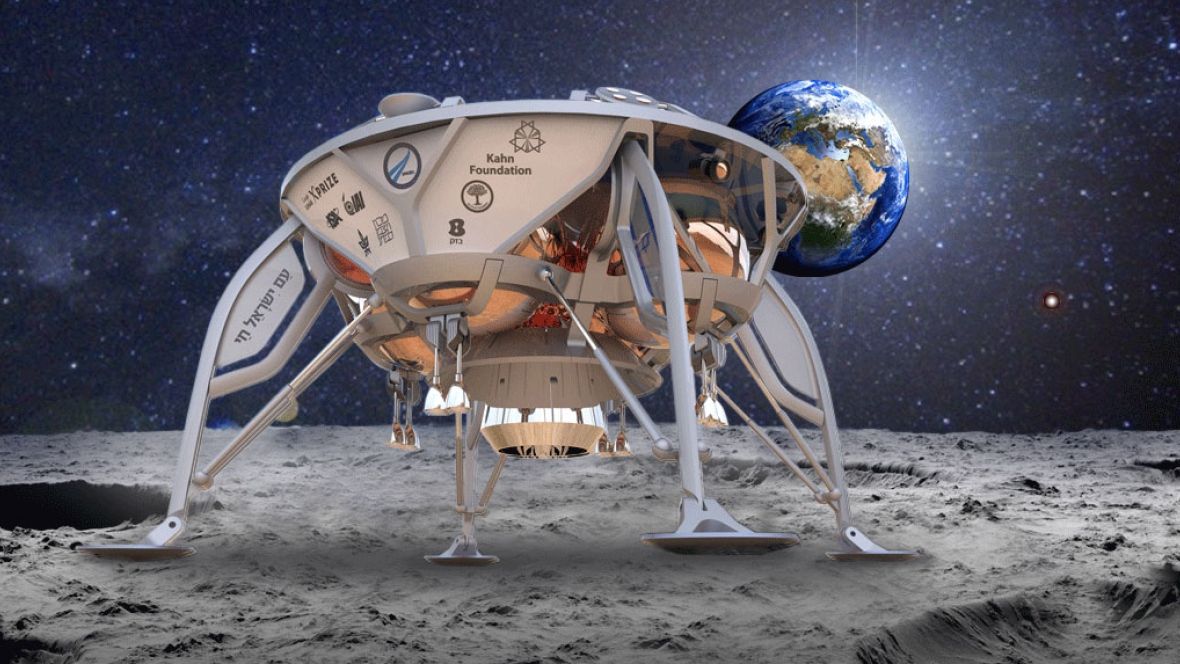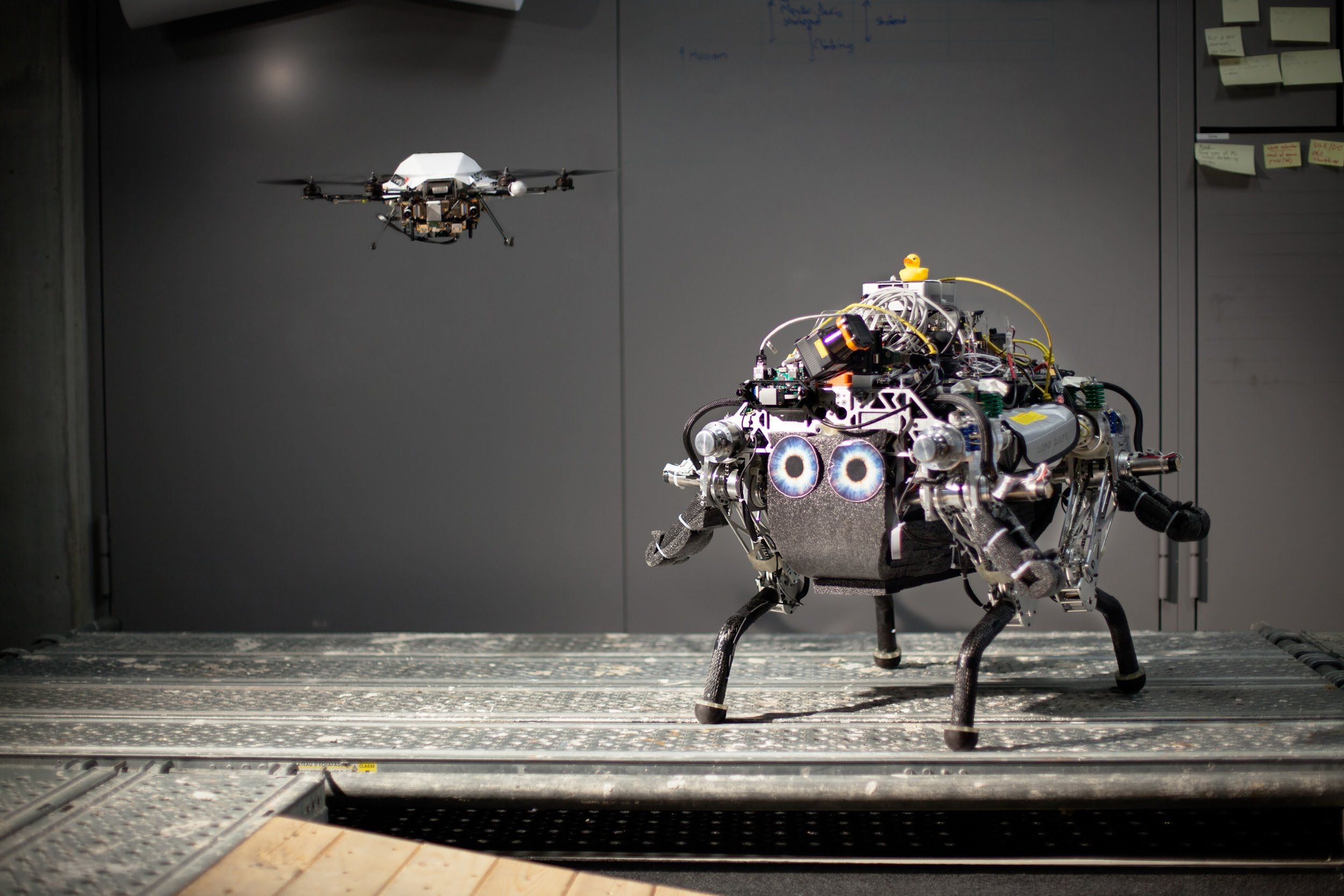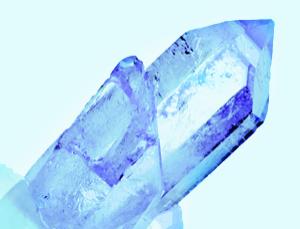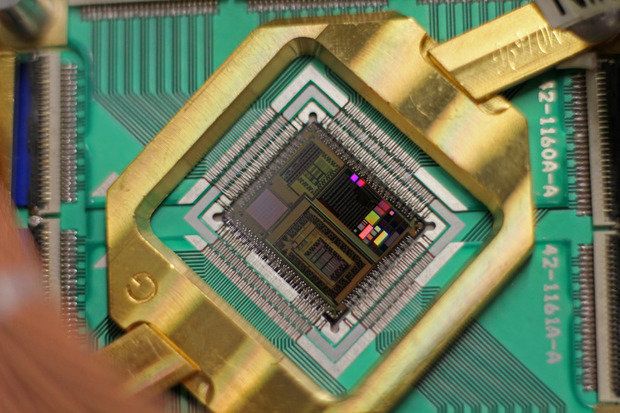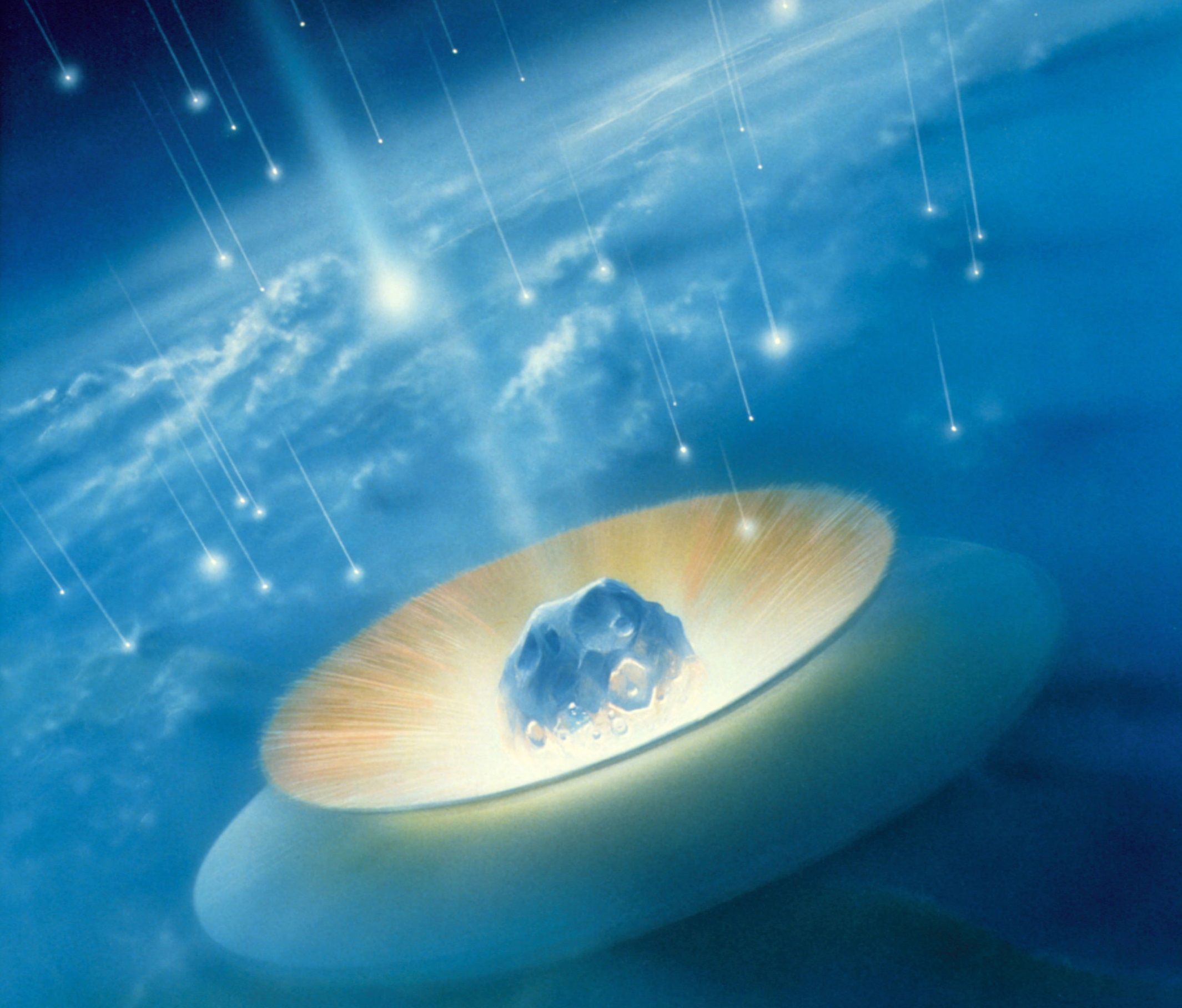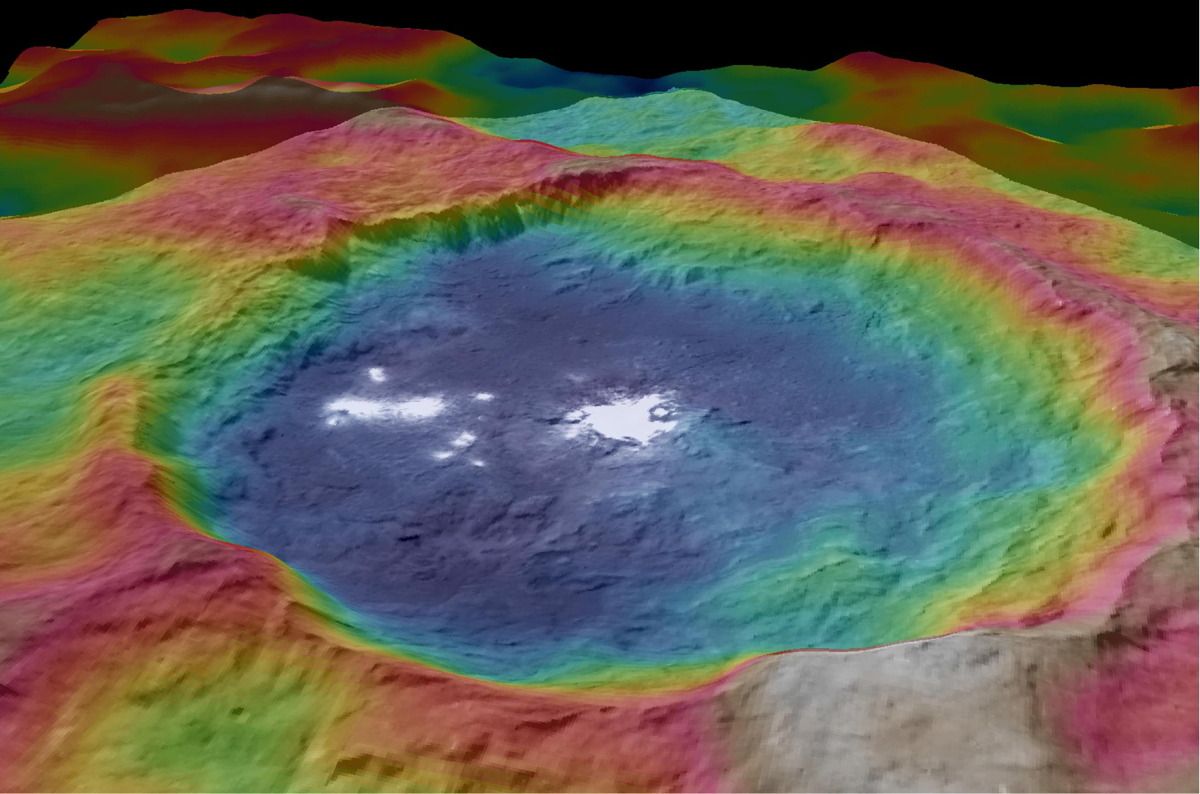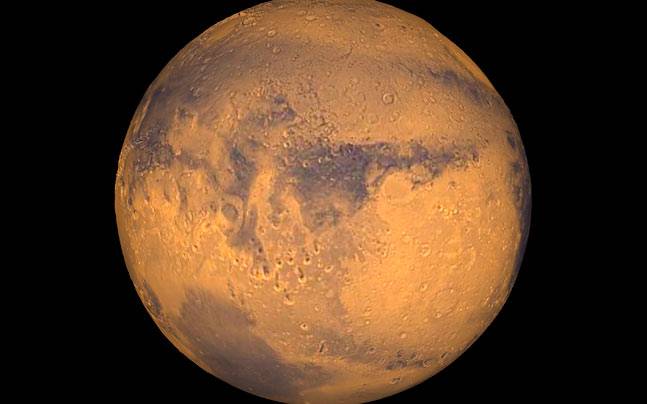A team of Israeli engineers is the first to advance in an international competition sponsored by Google to send a privately-funded spacecraft to the moon, contest organizers announced Wednesday.
The Israeli nonprofit group SpaceIL has signed a contract with American aerospace manufacturer SpaceX to launch an unmanned spacecraft into lunar orbit — the first step a team must take toward landing on the moon and winning the $20 million grand prize. The launch is expected to take place in the second half of 2017.
Google’s contest is meant to encourage private industry to create new technologies to reach the moon at lower costs than what governments have spent in past lunar expeditions.
